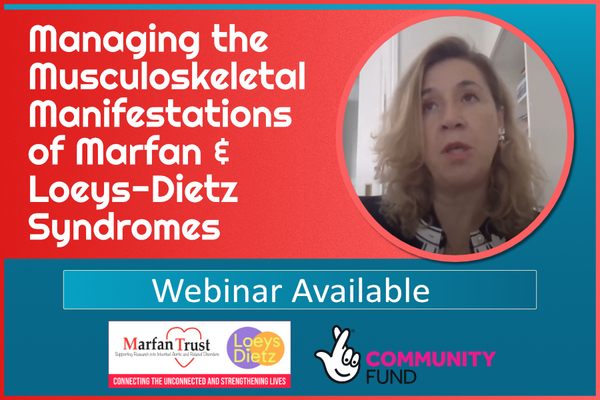Appearances can be deceptive. It’s said that everyone has a look-alike and Marfan syndrome is no different. Some people display the external signs that signal they may have the syndrome, but without the internal, more serious symptoms. What is Marfanoid habitus?
Many people approach our helpline, asking about marfanoid habitus. What does it mean?
Marfanoid habitus refers to the external features of Marfan syndrome that can be assessed with a physical examination. They can be present in Marfan syndrome, but they can also be present in the general population or in people with other connective tissue disorders.
A Marfanoid habitus doesn’t mean a diagnosis of Marfan syndrome, but it does mean that a person should be referred for further review and may require investigation by specialists including geneticist, cardiologist, ophthalmologist and rheumatologist amongst others.
It’s vital that these signs are recognised so that cases of Marfan syndrome and other connective tissue disorders can be diagnosed, preventing the life-threatening consequences of these conditions being unmonitored and untreated.
When doctors refer to a Marfanoid Habitus they are referring mainly to some of the skeletal features. These include:
- Tall, slim stature
- Long arms and legs
- Long fingers (arachnodactyly)
- Pectus deformities (chest protruding outwards or dipping inwards)
- Certain facial characteristics (e.g. crowded teeth, high arched palate, deep set eyes, small jaw, flat cheek bones)
- Joint hypermobility
- Curvature of the spine (kyphosis/scoliosis)
A collection of these features in an individual should prompt referral to a specialist to establish whether further investigation is required. It's just as important to rule out a diagnosis as it is to make a diagnosis as this could prevent lots of worry, concern or unnecessary medical surveillance.
Some of the possible outcomes could be:
- No connective tissue disorder
- Marfan syndrome
- Ehlers Danlos syndrome
- Loeys Dietz syndrome
- Joint hypermobility syndrome









